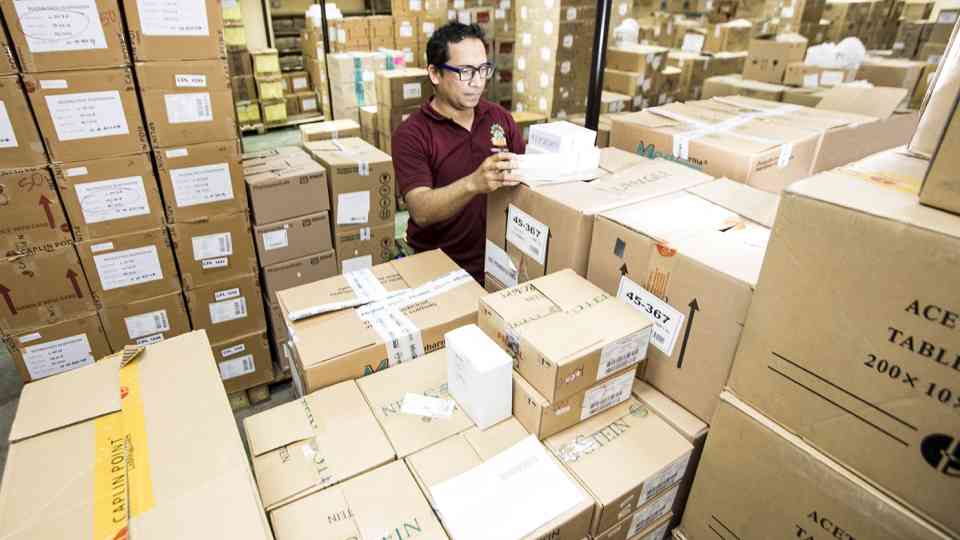The United Nations Office for Project Services (UNOPS)
Making an impact through procurement
A new UNOPS report highlights the role our procurement services have in advancing sustainable development around the world.
Drawing on key procurement data from 2022, the ‘Purchase for impact’ report shows how UNOPS encourages sustainable procurement, empowers institutions to spend public funds more effectively and supports local economic development.
It highlights a range of projects that UNOPS worked with partners to plan and implement in 2022 to support cost-efficient procurement for sustainable, equitable and gender-sensitive impact. The report includes case studies from Cambodia, Ethiopia, Guatemala, Lebanon and Ukraine, among others.
At UNOPS, we work with our partners to drive transparent, sustainable and resilient procurement practices that lay the foundations for a better future.
In 2022, UNOPS procured $1.8 billion in goods and services from suppliers around the world. This included $301 million from suppliers in least developed countries, $120 million from suppliers in landlocked developing countries and $21 million from suppliers in Small Island Developing States. Health has been the largest category of UNOPS direct procurement for several years, with a total of $658 million spent on health-related items in 2022.
"Effective public procurement underpins nearly all sustainable development activity. Every Global Goal, every mission, every operation. Without the efficient and sustainable purchasing of goods and services, addressing the world’s problems would be impossible," said UNOPS Director of Procurement Anne-Claire Howard.
The report includes information on UNOPS procurement processes, what we procure and how we help our partners improve their procurement activities and supply chains.











